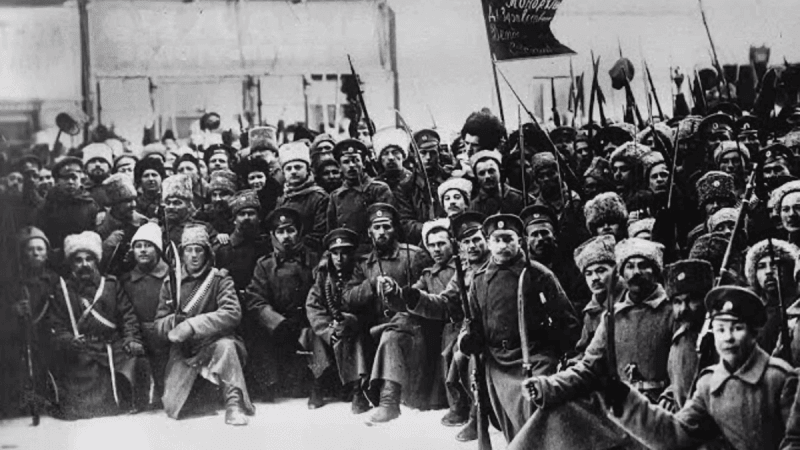World War was one of humanity's darkest times. Many troops and citizens died for their countries. Spies and counter-spies prowled the streets of cities worldwide. Airbases and logistics camps were built in deep jungles, only to be abandoned or captured by the enemy. Many nations' ships went down, never to be seen again. Similarly, planes left on unfinished missions never to be returned.
Here are some of the most interesting World War discoveries that gave us some insights into the war history:
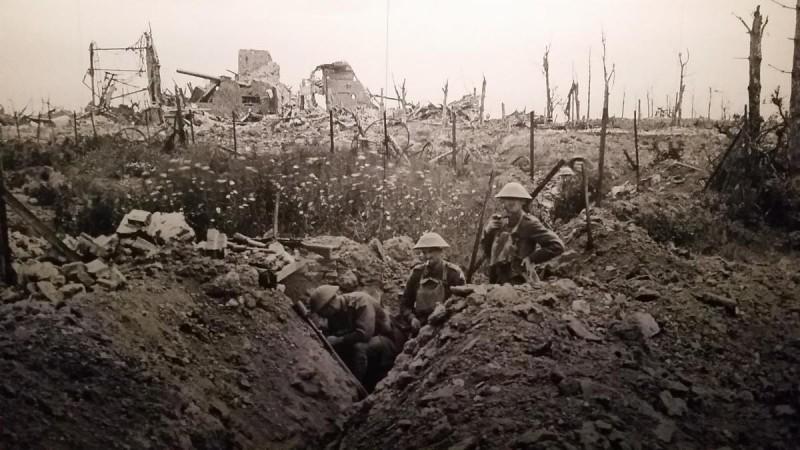
Relics of war
A team of archaeologists uncovered the Sullivan brothers' shipwreck on the ocean floor, while some artefacts from World War I were discovered by accident in Israel.
While assisting with excavations in preparation for repairing a road connecting two sites near Rosh Ha'Ayin in Israel, archaeologists from the Israel Antiquities Authority and student volunteers accidentally unearthed some WW1 relics.
One of the students found a rifle cartridge. Bullets, Ottoman rifle cartridges, artillery shell pieces, and a British soldier's hat with an emblem were discovered. An Ottoman military station beside an agricultural area and an earlier tower were also unearthed.
The relics helped recreate the fight. For example, the Israel Antiquities Authority decided that the British violently attacked the Turkish soldiers using 18-pounder guns. Cartridges from Mauser rifles were recovered on the Turkish side, indicating light weapons use.
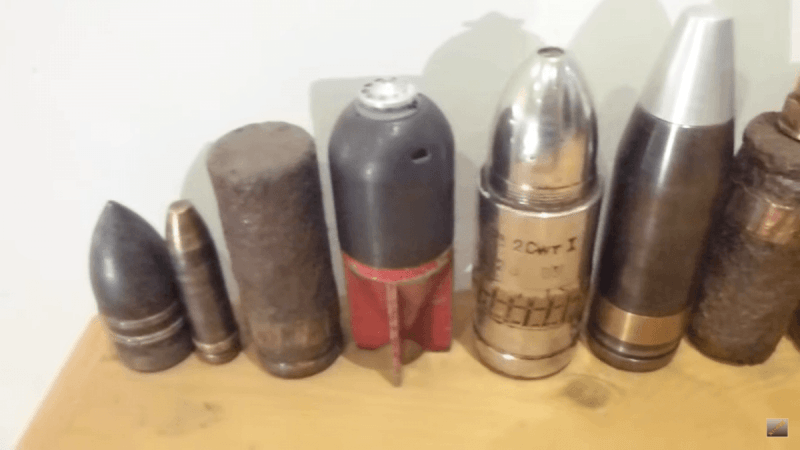
100 years after, 270 German soldiers' bodies discovered in tunnel
A father-son team of local historians has discovered the long-lost Winterberg tunnel entrance on the Chemin des Dames battlefront. They were believed to have perished – the 270 German soldiers stuck within a 1,000-foot tunnel whose exits had been shut off by French infantry explosives in May 1917.
The father and son duo found these remains after excavating the tunnel with a bulldozer. A three-metre-deep hole had been dug up near the entrance, and a pile of wartime relics -- axes, spades, pit-props, and unexploded shells -- had been stacked in a heap.
By the time war ended, no one knew where the Winterberg tunnel was. The soldiers weren't French, so they were left to rot as many other undiscovered remains do throughout the Western Front. The woods grew back and dog walkers roam the area now.
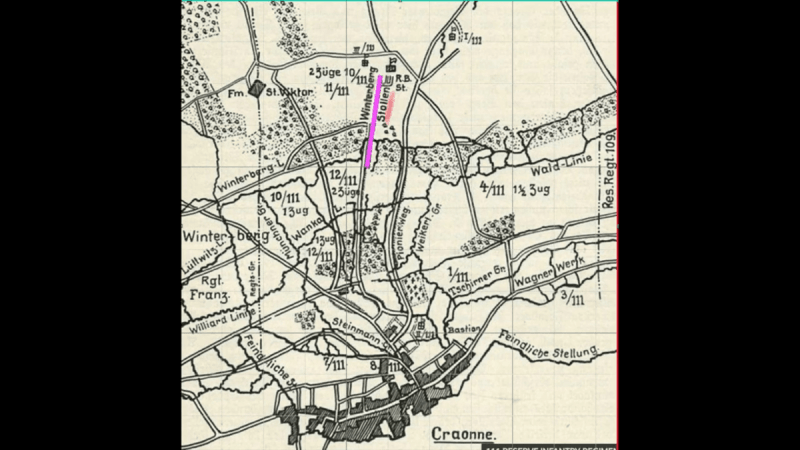
Archaeologists unearth British World War I liquor bottles
The Israel Antiquities Authority (IAA) performed excavations at Ramla in 2017 and discovered intriguing items that provide insight into the Ottoman period.
The researchers discovered buildings occupied by the British troops for up to nine months. They found dozens of British uniform buttons, belt buckles, horse riding gear, and other artefacts within the structure.
Aside from the structures, the archaeologists were surprised to discover that 70% of the trash was liquor bottles. The bottles given to the soldiers in the camp included soda or alcoholic drinks from Europe such as wine, beer, gin, and whiskey.
The tip of a swagger stick belonging to a Royal Flying Corps officer was also discovered by archaeologist Shahar Krispin. Senior officers wore swagger sticks as a badge of power. The silver tip of the stick bore the Royal Flying Corps initials RFC.
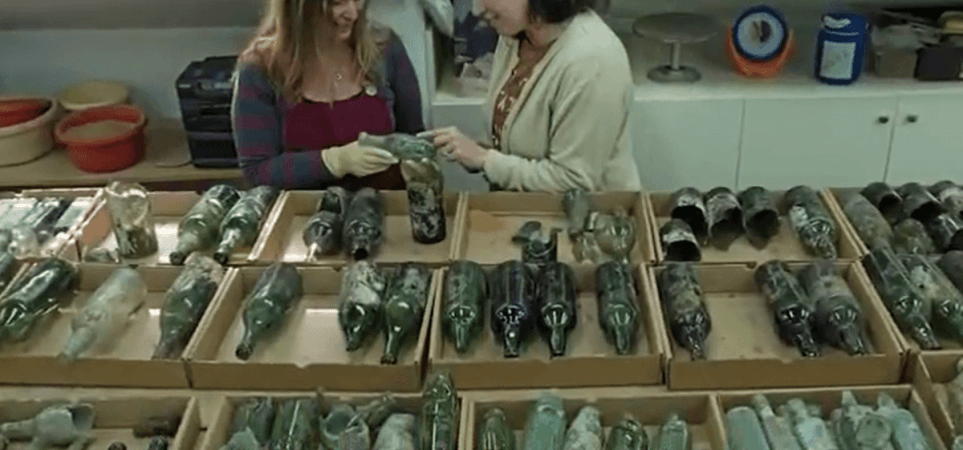
USS Juneau ship that took 5 Sullivan brothers discovered
A torpedo fired by a Japanese warship hit the USS Juneau during the Naval Battle of Guadalcanal. Because of the force of the explosion, the other cruisers' commanders were sure that Juneau had sunk in less than a minute.
The five Sullivan brothers were a part of the Juneau. A crew led by Paul Allen and Robert Kraft discovered the five brothers' shipwreck on the ocean floor on St. Patrick's Day, 2018. The ship sank almost two and a half miles beneath the surface in the Solomon Islands, burying over 800 soldiers in the Pacific.
Over 100 survivors hung to charred remains and rafts as they painfully watched American battleships sail away in the distance. Only 10 would survive to be rescued rescued later.
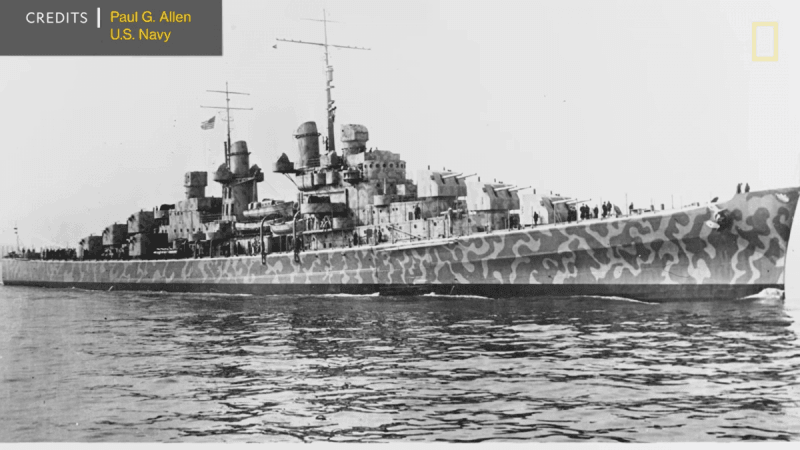
Missing for 60, Germany's sole aircraft carrier found in 2006
Prior to WWII, German Grand Admiral Erich Raeder envisioned a German navy to match the British, but Adolf Hitler was only interested in U-Boats. Raeder notified the Fuhrer in 1938 that Germany's new aircraft carrier, Graf Zeppelin, was nearly ready.
However, due to Herman Goering's increasing pressure to complete the project, the ship was never completed. In 1943, construction of the ship was halted, and the incomplete vessel was hauled between ports, at one time serving as a storage ship.
It might be towed and finished after the war ended. The Soviets grabbed the ship, along with other captured German vessels, and her fate was reported numerous times. Others believe it sank after hitting a mine while being dragged to Leningrad. Another said it sank on August 16, 1947, after a series of controlled explosions.
A research vessel belonging by the Polish oil firm Petrobaltic discovered a wreck in July 2006, and further studies by the Polish Navy confirmed the disaster as the remnants of the Graf Zeppelin, with a degree of certainty of 99 per cent.
